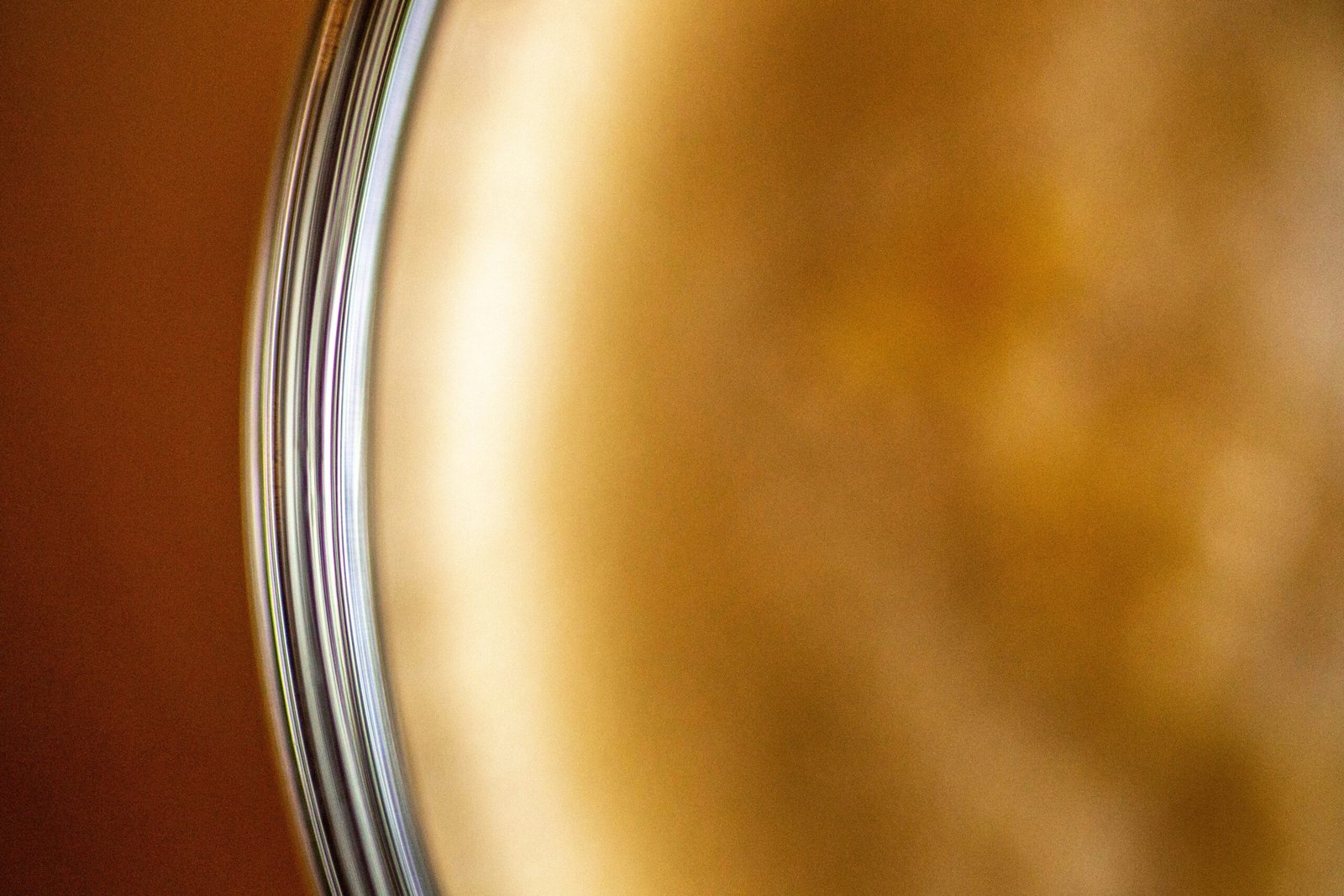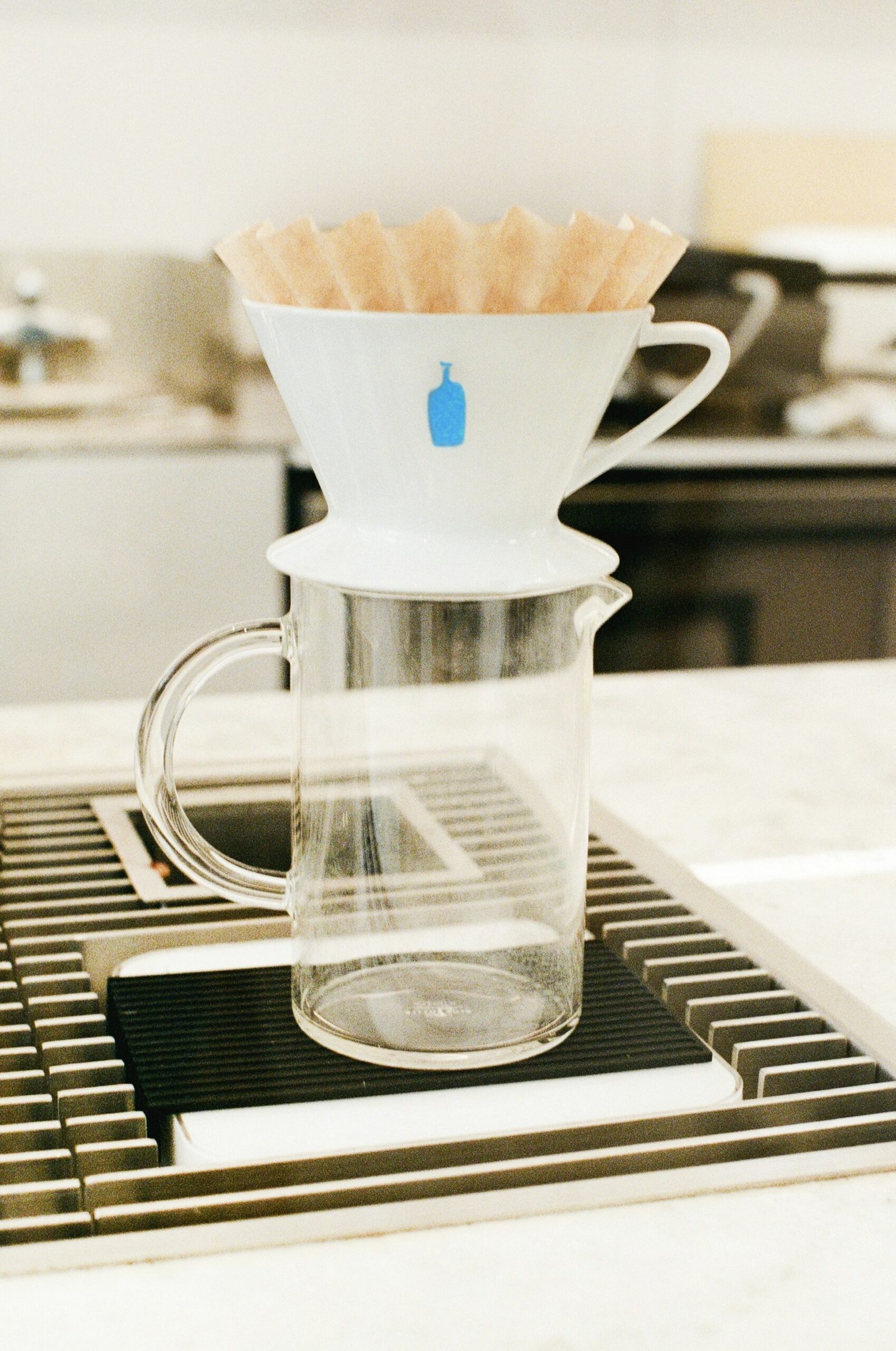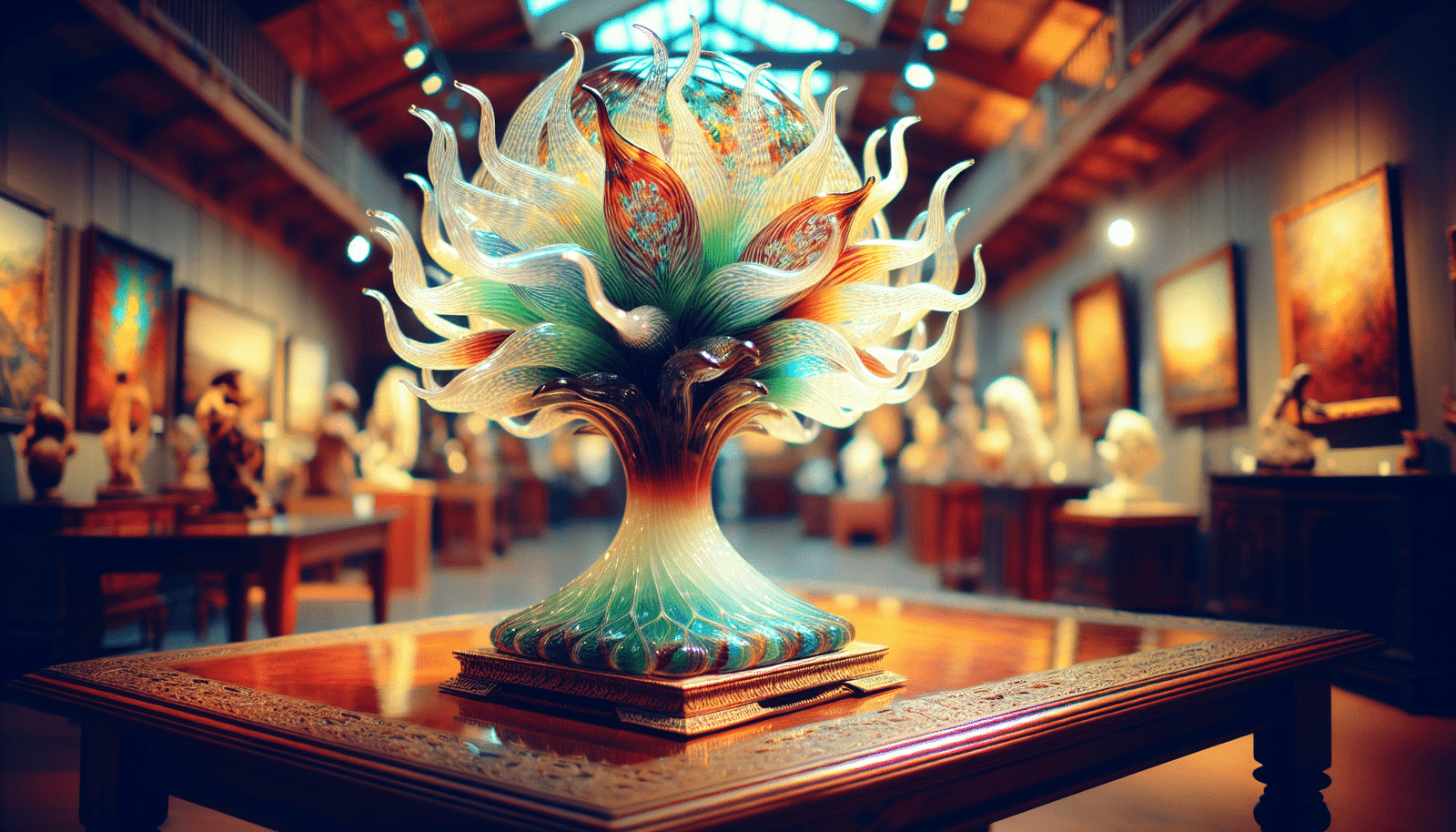What does it take to ensure that art glass pieces remain as mesmerizing as the day they were acquired? This question often occupies the minds of art collectors, curators, and enthusiasts who treasure these delicate and ornate objects. Art glass, with its dazzling colors, intricate patterns, and exquisite craftsmanship, requires careful attention to maintain its allure over time. Whether one is a seasoned collector or new to the world of art glass, understanding its care and maintenance is pivotal. This article aims to provide a complete guide to art glass care and maintenance, offering insights into its history, cleaning techniques, storage advice, and much more.

Table of Contents
Historical and Background Context
Art glass has adorned human civilization for centuries, captivating and inspiring countless generations. It originated in ancient Mesopotamia, where glassmaking was initially practiced as early as 2000 BCE. The Romans later contributed significant advancements in glasswork techniques, including the innovation of glassblowing during the first century BCE, which revolutionized the production of glass items. Unlike ceramics or metalwork, glass allows for a vast array of colors and transparency levels, making its artistic appeal unmatched.
Art Glass Evolution Through the Ages
As art glass evolved, distinct styles began to emerge in different cultures. During the Renaissance, Venetian glassmakers at Murano gained prominence for their colorful and delicate glass creations, setting an unrivaled standard for quality and innovation. In the 19th century, the art nouveau movement saw a resurgence in glass artistry, characterized by motifs inspired by nature, organic forms, and the use of curvaceous lines.
Art Glass in the Modern Era
The 20th century marked significant growth and experimentation in the art glass domain. Artists like Louis Comfort Tiffany in the United States introduced stained glass with iridescent hues, enriching interiors with breathtaking vibrancy. Contemporary artists continue to push boundaries with new materials and techniques, creating pieces that challenge conventional perceptions of glasswork.
Key Concepts in Art Glass Care
Understanding the fundamental concepts related to art glass maintenance is crucial for any collector or enthusiast. Art glass is remarkably resilient yet vulnerable to various environmental factors. Proper care ensures that each piece retains its brilliance and structural integrity over time.
The Importance of Environmental Control
Temperature and humidity levels play a vital role in the preservation of art glass. Extreme temperatures can cause stress and potential cracks, while excessive humidity may lead to surface damage or devitrification, a process where the glass loses its clarity and gloss. Maintaining stable environmental conditions is essential, involving the use of climate control systems to prevent sudden fluctuations.
Handling Art Glass with Care
The tactile pleasure of handling art glass should be accompanied by caution. Here are some guidelines for safely managing your collection:
- Always wash and dry hands before touching any piece to prevent the transfer of oils or residues.
- Use nitrile gloves when handling particularly valuable or delicate items.
- Handle pieces by the sturdiest parts, avoiding thin, delicate edges.
- Employ supportive tools such as padded surfaces or foam wedges when moving heavier pieces.

Step-by-Step Guide to Cleaning Art Glass
Cleaning art glass demands a meticulous approach that prioritizes the safety and integrity of each piece. Different types of art glass may require distinct cleaning methods to avoid damage.
General Cleaning Tips
Dusting: Use a soft, non-abrasive microfiber cloth to dust art glass regularly. Feather dusters or dry paintbrushes can access intricate designs without scratching the surface.
Basic Cleaning Solution: For most art glass, a simple solution of lukewarm distilled water and a few drops of mild dish soap is sufficient. Test the solution on a small, inconspicuous area before applying it to the entire piece.
Cleaning Process:
- Gently wipe or dab the glass using a cloth soaked in the solution.
- Avoid excessive soaking or submerging the glass in water, which can cause stress fractures.
- Rinse with distilled water to remove any soap residue.
- Dry with a clean, lint-free towel to prevent streaks or water spots.
Special Considerations for Cleaning Stained or Painted Glass
Stained or painted glass requires extra caution, as harsh chemicals or abrasive materials may degrade the pigments.
Spot Cleaning: Focus on localized cleaning, using cotton swabs dipped in distilled water to treat affected areas.
Avoiding Ammonia-Based Products: Traditional glass cleaners containing ammonia can be too aggressive and may discolor painted or stained surfaces.
Consultation with Professionals: For stubborn stains or heavily embellished pieces, seeking input from conservation specialists is advisable.
Proper Storage Techniques for Art Glass
Safe storage is pivotal for the long-term preservation of art glass, protecting it from dust, direct sunlight, and physical damage.
Display Cases and Shelving
Materials and Design: Construct display cases out of UV-filtering glass or acrylic to mitigate exposure to harmful light. Select shelving materials that provide stability and cushioning.
Arrangement: Space pieces adequately to prevent incidental clashes. Use individual stands or supports to hold items upright and prevent rolling or tipping.
Positioning: Avoid placing displays near windows or HVAC systems, which can cause thermal stress or sunlight damage.
Long-Term Storage Solutions
If temporary storage is necessary, meticulous packing can prevent accidents or environmental damage.
Packing Materials: Wrap items in acid-free tissue paper or cotton fabric to avoid scratches and chemical reactions. Use custom-cut foam inserts for additional protection.
Containers: Choose robust, stackable plastic bins with secure lids for storage. Ensure that bins are placed on steady ground free from moisture or vibrations.
Labeling and Cataloging: Maintain a detailed catalog of each piece, including photographs and storage locations, to facilitate easy retrieval and organization.

Implementing Pest Control and Preventative Measures
Pests pose a lower risk to art glass than organic materials, yet their presence can still be detrimental. Addressing environmental cleanliness helps avert potential problems.
Dust and Debris Management
- Regular dusting and vacuuming of display areas prevent contaminants from settling and scratching the glass surfaces.
- Utilize air purifiers with HEPA filters to reduce airborne particles.
Pest Deterrence
- Avoid stagnant environments known to attract pests like mold or insects.
- Employ silica packs or moisture absorbers to keep humidity levels low and deter pest activity.
Case Studies and Comparisons
Exploring real-world scenarios can offer valuable insights into effective art glass collection and maintenance strategies.
Metro Museum Glass Collection
The Metropolitan Museum of Art in New York offers a notable case study in preserving and displaying extensive art glass collections. The museum employs climate-controlled environments and custom display cases, demonstrating best practices in conservation efforts.
Personal Collector’s Approach
An avid private collector might prioritize a more localized, personalized method to maintain their collection. Using temperature and humidity monitors, along with tailored cleaning routines based on specific piece requirements, ensures their collection’s longevity.
Comparative Analysis: Museum vs. Home Display
While museums provide meticulous care with professional resources, home collectors can still achieve remarkable preservation by implementing key strategies adapted to personal environments. Regular cleaning, appropriate lighting, and thoughtful storage go a long way toward maintaining art glass’s intrinsic beauty.

Enhancing Comprehension with Visuals
Clearly illustrating art glass care techniques through visuals can significantly enhance understanding. Short, step-by-step tutorial videos or detailed infographics illustrating cleaning processes can help elucidate complex tasks for collectors. For instance, a video demonstrating safe handling techniques or an infographic illustrating optimal shelving arrangements offers practical insights into daily care routines.
In conclusion, preserving the brilliance and allure of art glass demands attention to detail and a commitment to proper care practices. By understanding its historical significance, employing meticulous cleaning methods, and using thoughtful storage practices, collectors can safeguard their precious art glass treasures for future generations to appreciate. The craft of art glass continues to evolve, and with it, the means to cherish and maintain these captivating creations.
The Ultimate Guide to Effortlessly Cleaning Frosted Glass Pantry Doors

